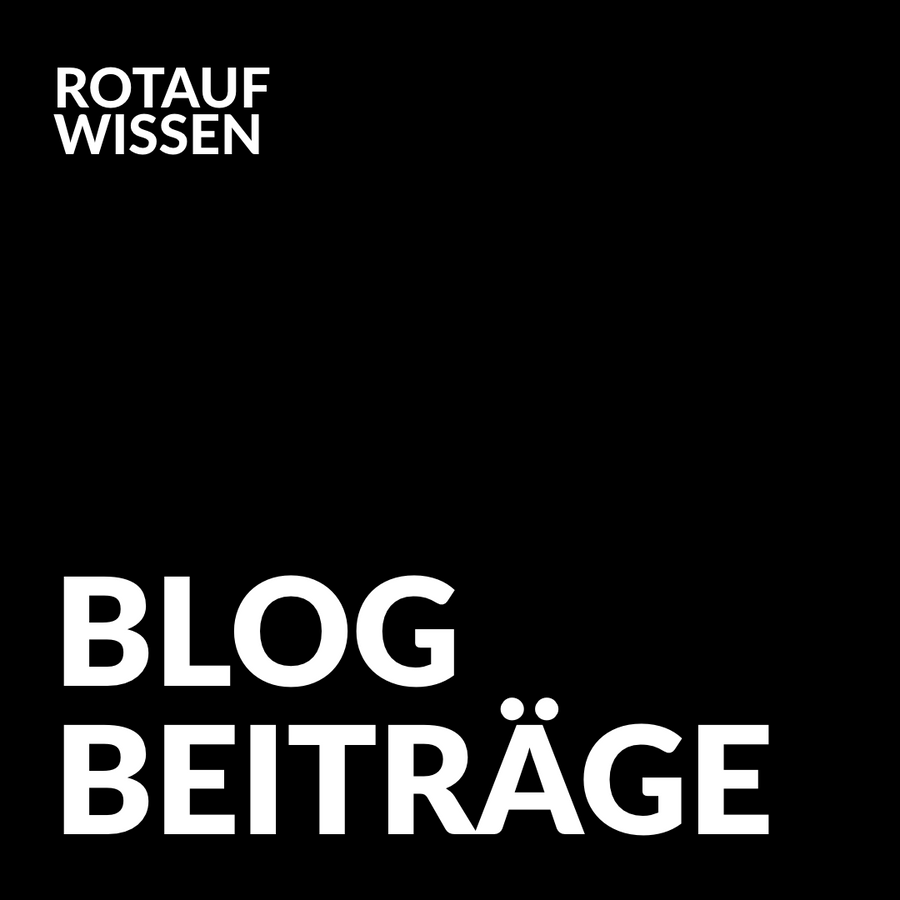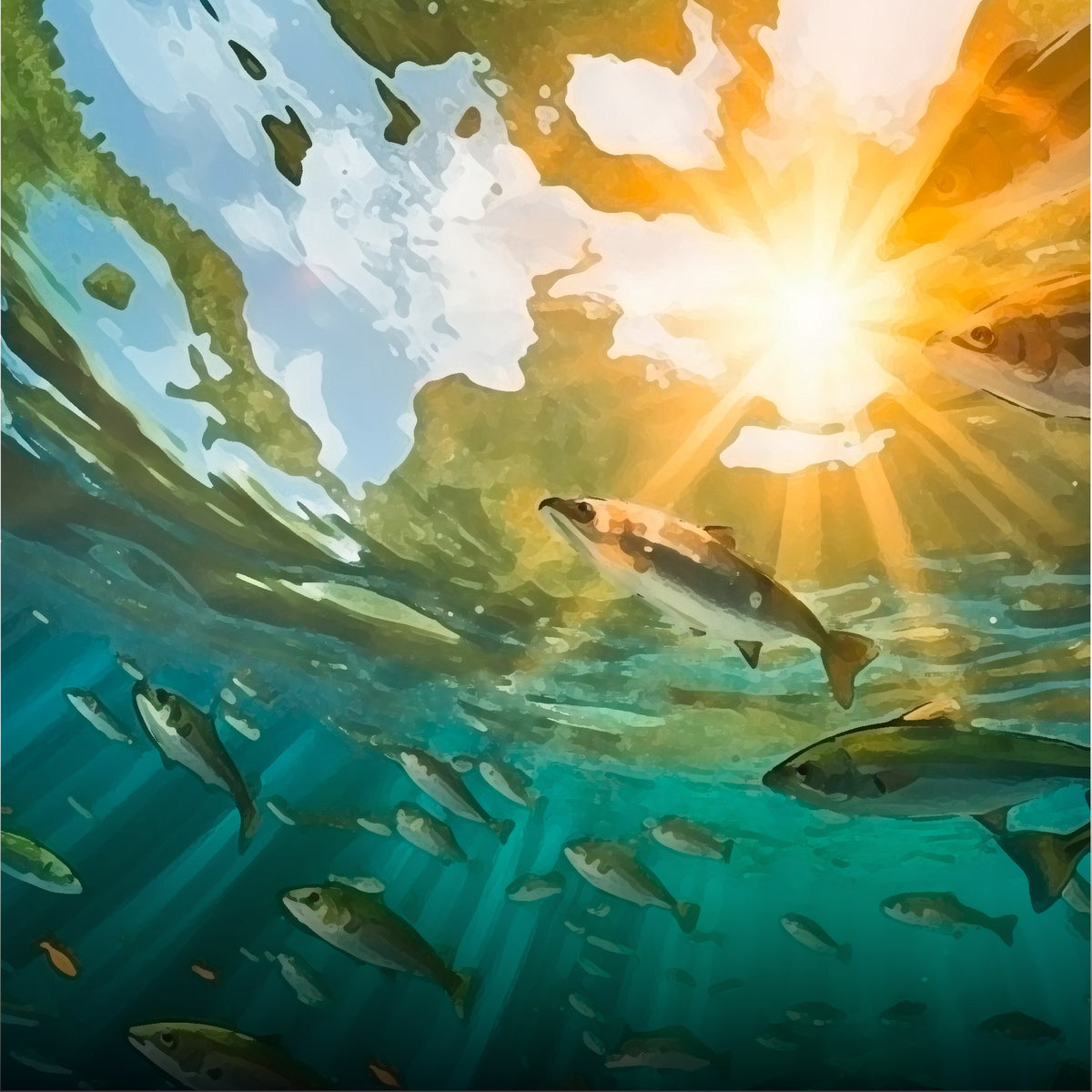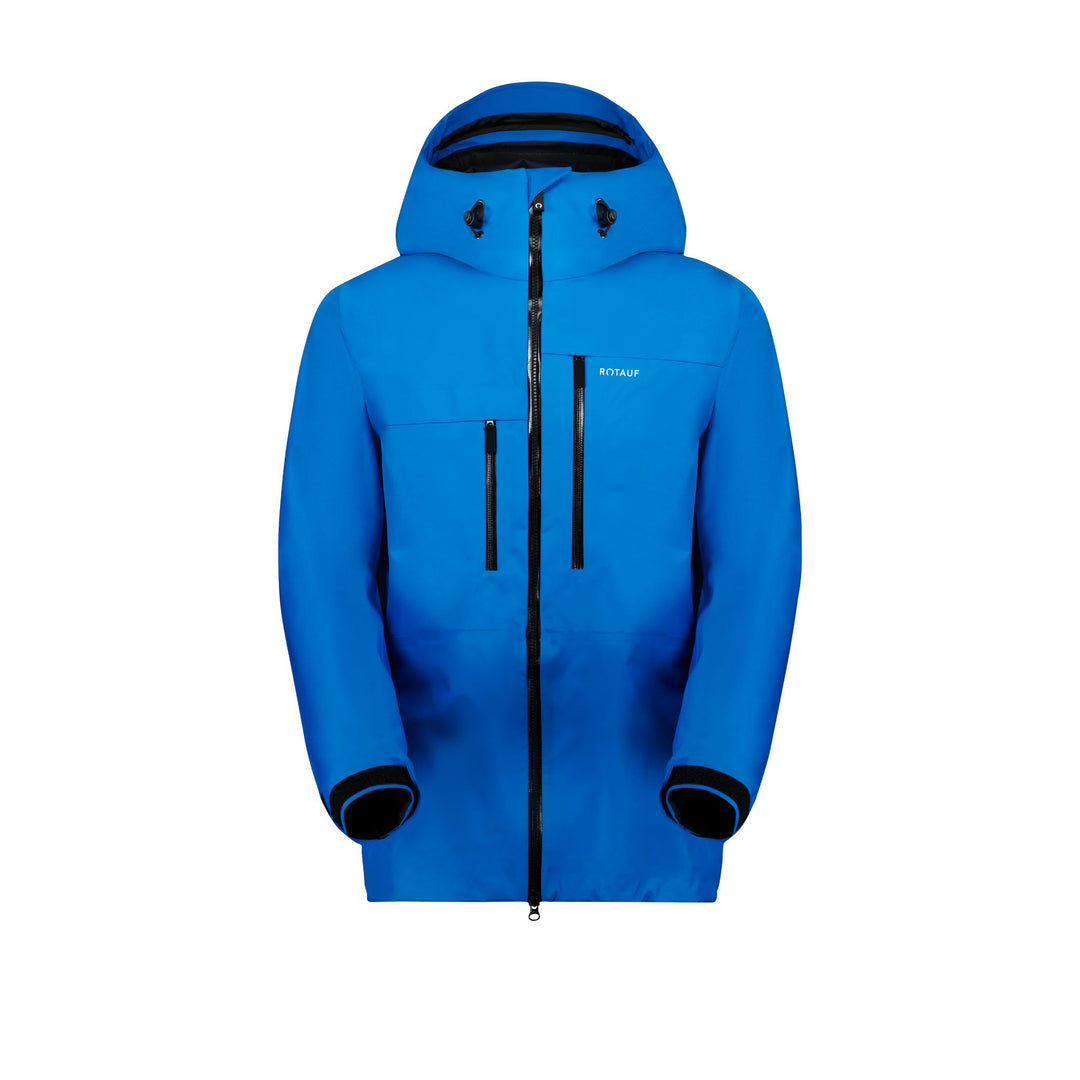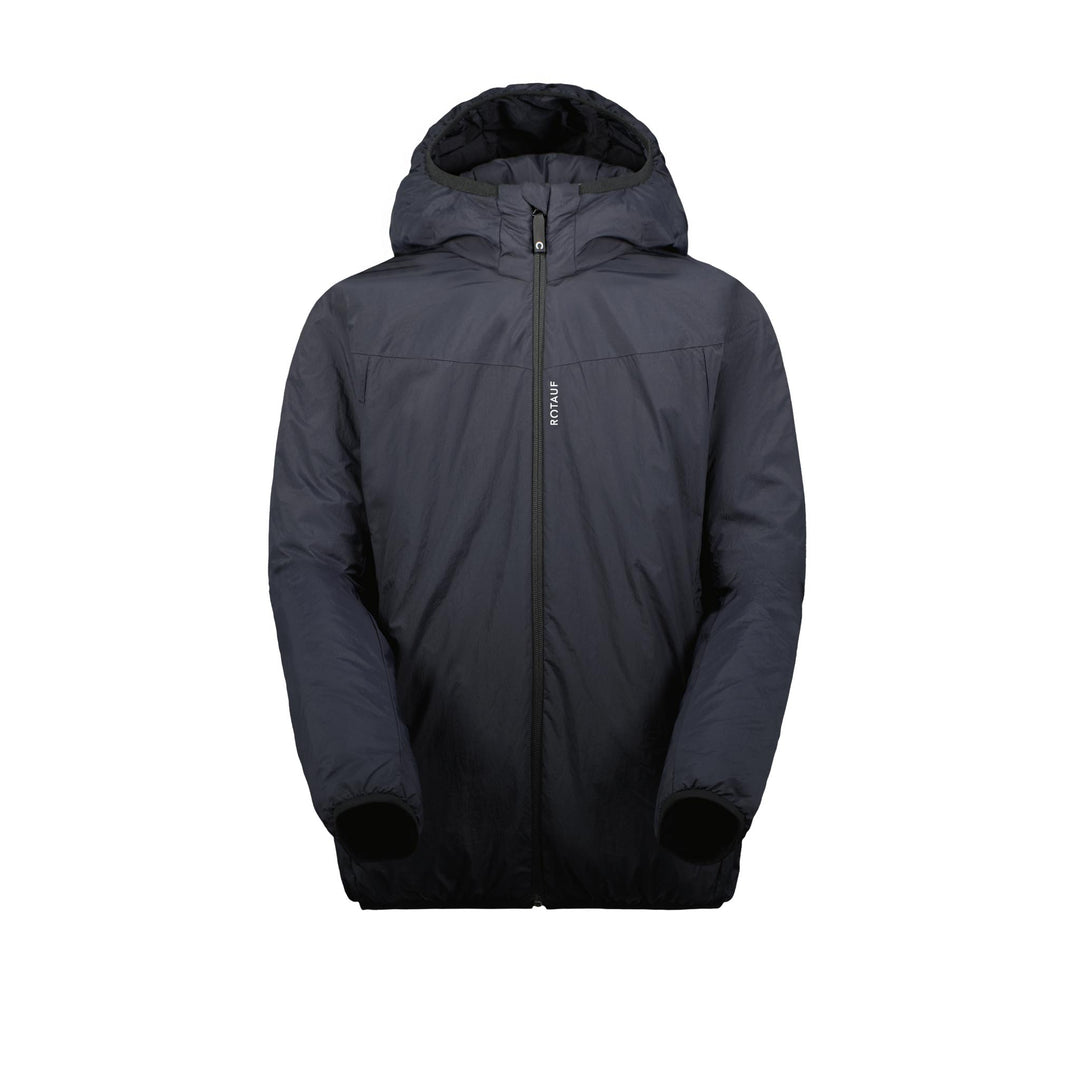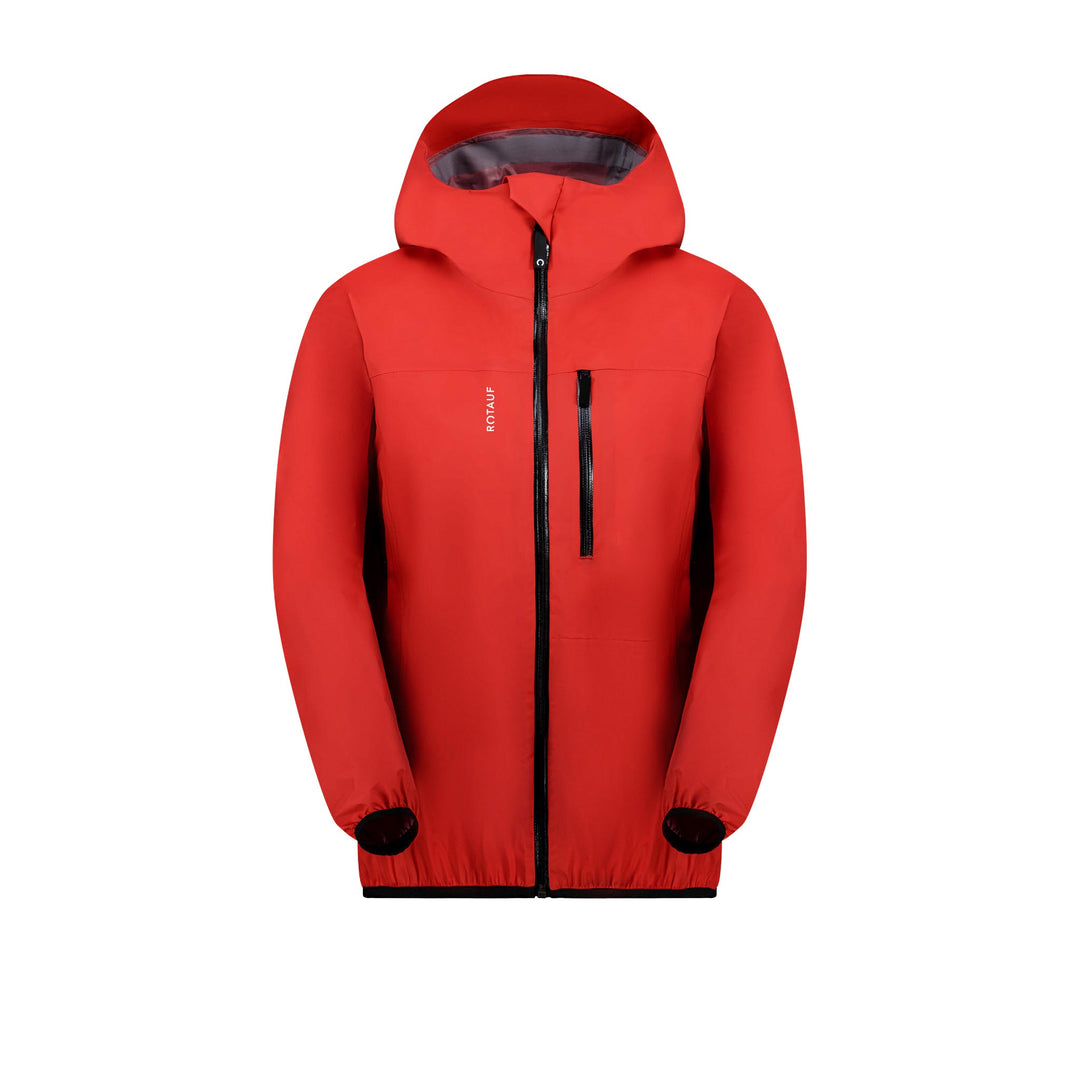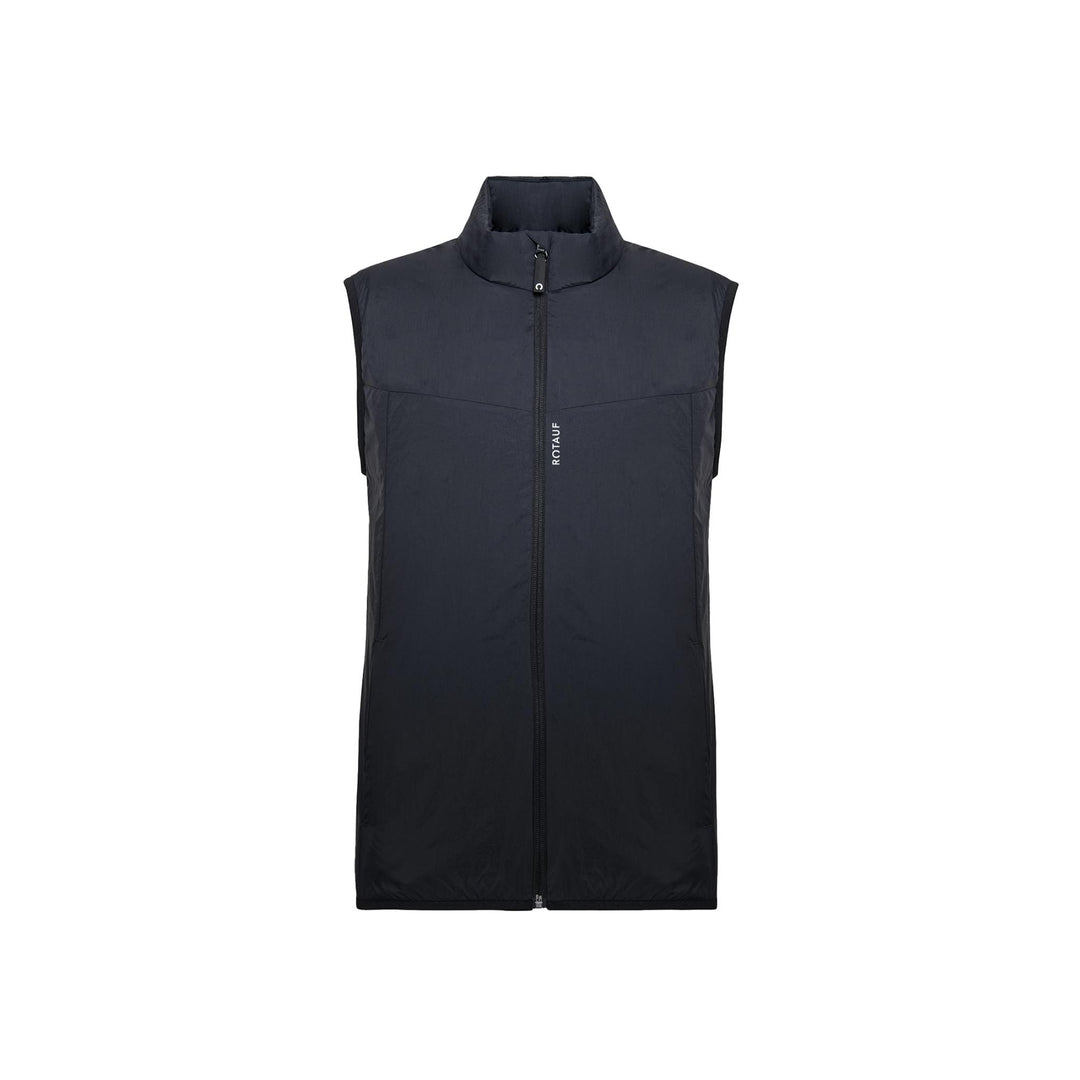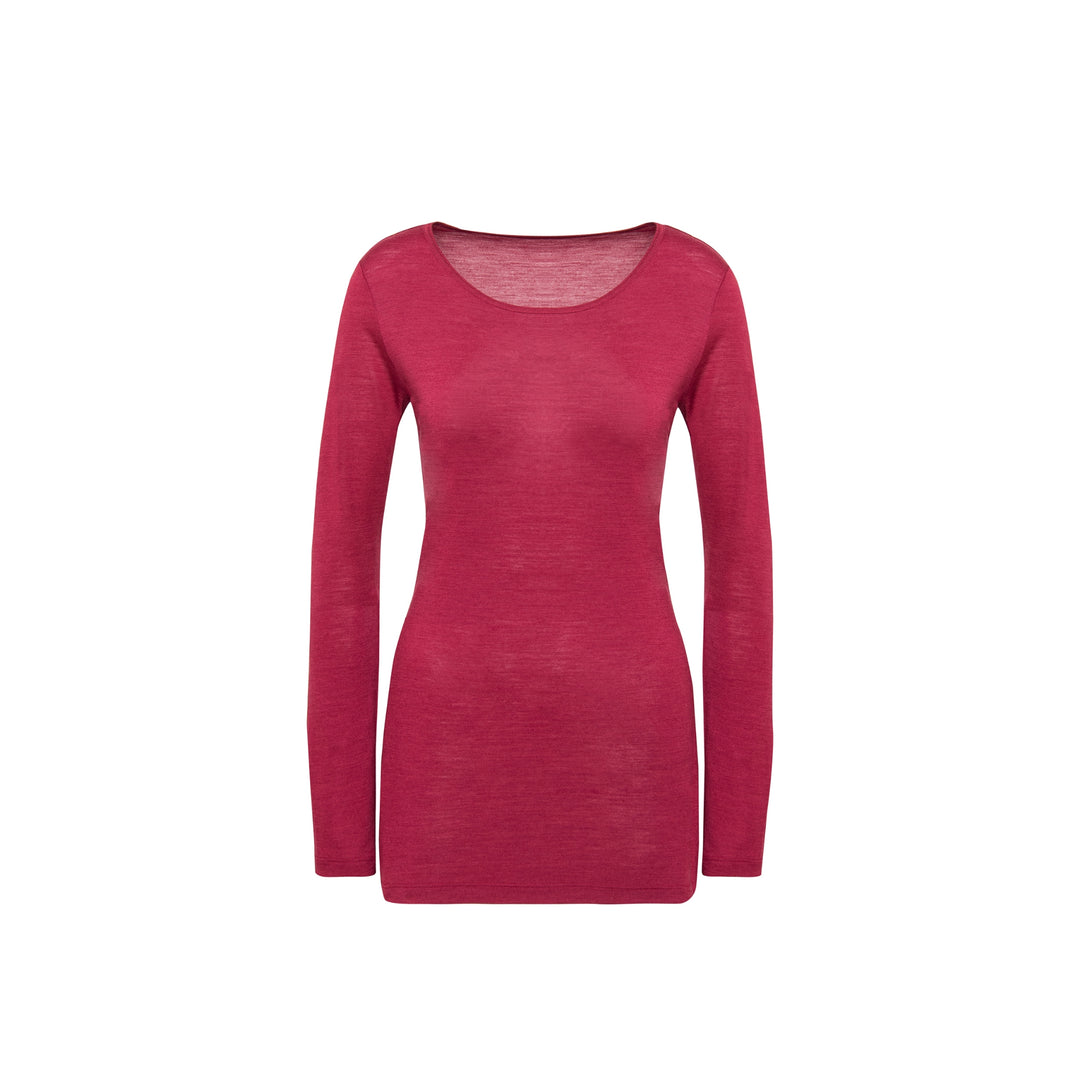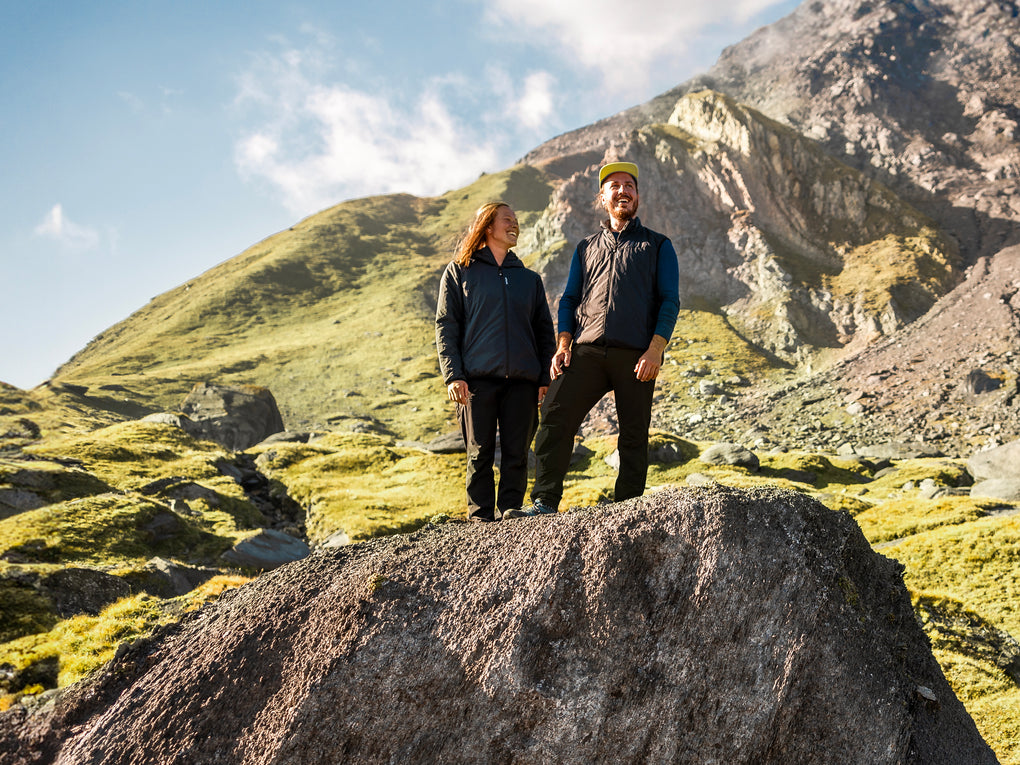High performance without harmful chemicals
Functional outdoor clothing is high-tech, but unfortunately it often involves the use of substances that are harmful to both nature and people. ROTAUF develops and produces highly functional outdoor clothing, but consistently avoids hazardous chemicals.As one of only three brands worldwide, Rotauf signed the Greenpeace Detox Commitment in 2015, following a determined path to stop polluting our world through our sport.
The mainstream outdoor industry presents the massive use of chemicals as having no alternative. However, we are showing that there is another way, albeit a bit more difficult and costly.
We develop our products with a sense of proportion for ambitious mountain athletes.
In doing so, we focus on effective needs and not on the maximum possible performance.
Bluesign approved as minimum requirement
We consistently avoid the use of hazardous chemicals and processes, and we use environmentally friendly alternatives. If a product cannot be made without the use of hazardous chemicals, we do not bring it to market.Our Manufacturing Restricted Substances List (MRSL) contains a list of chemicals whose use in the production process is prohibited or restricted.
Detox criteria as a standard requirement
Wherever possible, we use substances that meet the strict Detox criteria. This means that we avoid an extensive list (Manufacturing Restricted Substances List - MRSL ) of harmful and potentially harmful chemicals in their manufacture. "No Shit In" at its best.
Material testing
Through comprehensive material testing, we ensure that our requirements from the MRSL are consistently met. All major materials used by ROTAUF are tested according to the Detox MRSL prior to serial production.
This is expensive but provides security and transparency.
Wastewater testing
To ensure that no harmful chemicals enter the environment, we would need to continuously monitor the wastewater of all factories performing critical process steps.
Unfortunately, Rotauf is still too small to carry out these tests, but we are working on growing bigger ;) and in the meantime, we are collecting as many test results as possible.
What does that mean?
No Shit in
We consistently avoid the use of hazardous chemicals and processes, and we use environmentally friendly alternatives. If a product cannot be made without the use of hazardous chemicals, we do not bring it to market.
Our Manufacturing Restricted Substances List (MRSL) contains a list of chemicals whose use in the production process is prohibited or restricted.
No Shit out
Through extensive material testing, we ensure that our specifications from the Manufacturing Restricted Substances List (MRSL) are consistently met.
Where possible, we carry out the chemical-intensive dyeing and finishing processes in Switzerland. Thanks to the modern infrastructure, strict legislation and stringent controls, the risk of harmful emissions here is very low.
Our Detox Champions
The 11 Detox Chemical Groups
Alkylphenols
They are widely used in the textile industry, for example in washing during dyeing. In water, the alkylphenols break down. They act similarly to estrogens and can disrupt the development of the sexual organs of fish and other aquatic animals.
Azo dyes
Azo dyes are widely used in the textile industry. Some can release substances that are suspected of causing cancer on contact with the skin.
Flame retardant
Many brominated flame retardants (BFRs) accumulate in the environment and are now found everywhere. These finishing chemicals are used for fire protection - also in textiles. Polybrominated diphenyl ethers (PBDEs) in particular are considered "particularly hazardous" under EU water legislation. They have a hormonal effect and can damage the growth and development of the reproductive organs.
Chlorobenzenes
Chlorobenzenes are used as biocides and solvents in textile production. Some damage the liver, thyroid and central nervous system. Hexachlorobenzene is persistent and hormonally active.
Solvents
Chlorinated solvents are used to remove chemical residues from textiles and to clean them. Trichloroethane damages the ozone layer. It can also damage the central nervous system, liver and kidneys in humans and animals.
Chlorophenols
Chlorophenols are also used as biocides in the textile industry. Pentachlorophenol in particular is highly toxic to aquatic organisms and can damage organs in humans.
Chlorinated kerosenes
Short-chain chlorinated kerosenes are used in the textile industry as flame retardants and in the finishing of textiles and leather. They are considered toxic to aquatic organisms and accumulate in the human body.
PFAS/PFC
PFCs make textile and leather products water and dirt repellent. Therefore, they are widely used in the outdoor industry. They are long-lasting and accumulate in human tissue and blood. They can damage liver function and disrupt the body's hormone system.
Phthalates
Phthalates are plasticizers. In the textile industry, they are used primarily in plastisol or printing inks. In mammals, including humans, they can inhibit the development of the reproductive organs.
Heavy metals
Heavy metals such as cadmium, lead and copper are found in dyes. They can accumulate in the body and damage organs and the nervous system. Chromium is used to tan leather. Chromium VI, mercury and cadmium can cause cancer.
Organotin
Organotin compounds are used in biocides and as anti-mold agents in numerous consumer products. The textile industry, for example, uses them in socks, shoes and sportswear to prevent odor formation.





